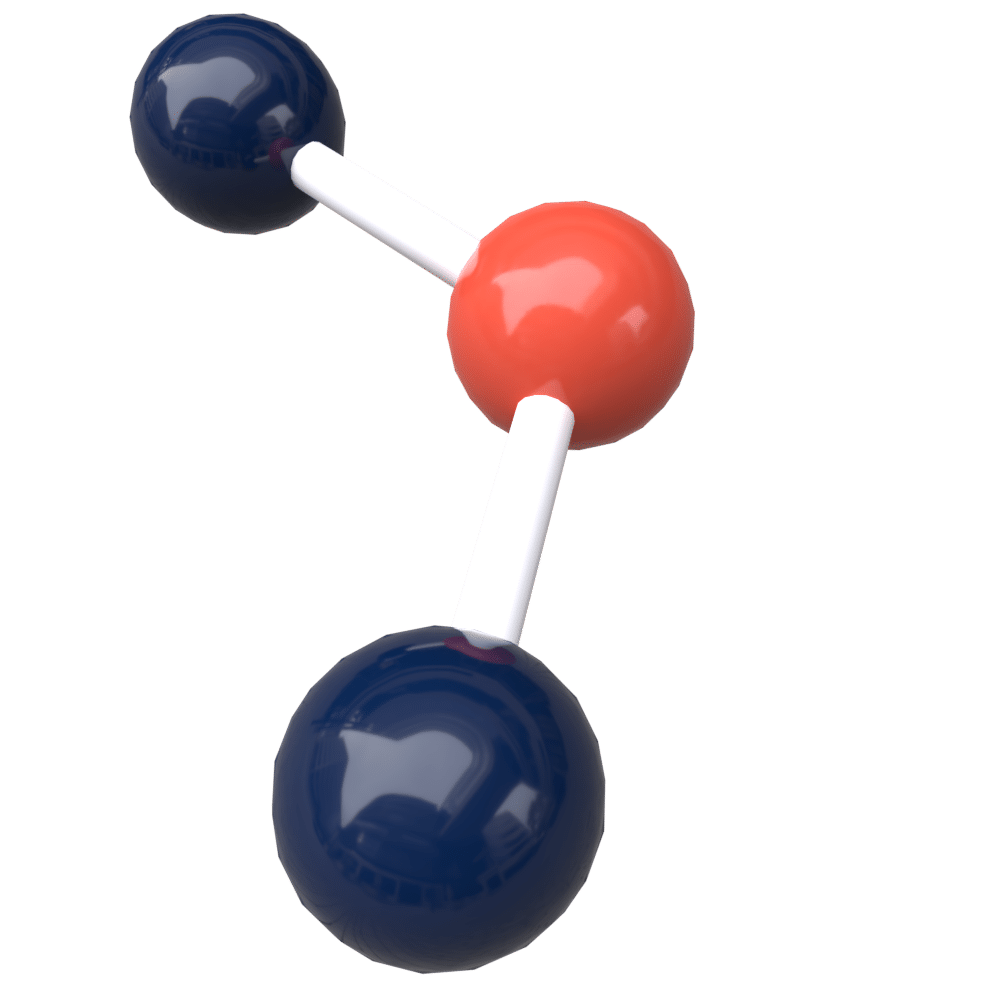
Monitoring Hydrogen Sulphide
Formula: H2S | CAS: 7783-06-04
Hydrogen Sulphide (H2S) is a gas commonly found during the drilling and production of crude oil and natural gas, plus in wastewater treatment and utility facilities and sewers. The gas is produced as a result of the microbial breakdown of organic materials in the absence of oxygen.
The Basics of Detecting Hydrogen sulphide
Properties | Exposure | Detection
Hydrogen sulphide is a colourless, flammable and an extremely hazardous gas with a “rotten egg” smell. H2S is also referred to as the “knock down gas” because inhalation of high concentrations can cause immediate loss of consciousness and death. However, prolonged exposure to lower concentrations, such as 10-500 ppm, can cause various respiratory symptoms that range from rhinitis to acute respiratory failure.
H2S has many common names which include sewer gas, stink damp, swamp gas and manure gas. It occurs naturally in crude petroleum, natural gas, and hot springs. In addition, hydrogen sulphide is produced by bacterial breakdown of organic materials and human/animal wastes (e.g, sewage).
”The Occupational Safety and Health Administration (OSHA) defines Permissible Exposure Limits (PELs) to H2S gas as follows:
Occupational Safety and Health Administration (OSHA)
• General Industry Ceiling Limit: 20 ppm
• General Industry Peak Limit: 50 ppm (up to 10 minutes if no other exposure during shift)
• Construction 8-hour Limit: 10 ppm
• Shipyard 8-hour limit: 10 ppm
Detecting Hydrogen Sulphide In Workplaces
Heavier than air, H2S gas accumulates in low lying areas of poorly ventilated  spaces. In oil and gas applications, sour gas (products containing H2S gas) in the presence of air and moisture may form sulfuric acid, capable of corroding metals. Facility equipment, including the internal surfaces of various components, faces reduced durability and impact strength, potentially leading to premature failure.
spaces. In oil and gas applications, sour gas (products containing H2S gas) in the presence of air and moisture may form sulfuric acid, capable of corroding metals. Facility equipment, including the internal surfaces of various components, faces reduced durability and impact strength, potentially leading to premature failure.
Hydrogen sulphide is used in many industries. For example, it’s used to produce textiles. Some examples of workers at risk of being exposed to hydrogen sulphide include the following:
- Factory workers in plants where rayon textiles are manufactured
- Petroleum and natural gas workers involved in drilling and refining
- Workers in wastewater treatment industries
- Agricultural workers on farms with manure storage pits or landfills
Among these industries that use hydrogen sulphide to produce material it is also especially hazardous for workers when working in confined spaces. For example,
- Sanitation workers can be exposed when cleaning or maintaining municipal sewers and septic tanks.
- Farm workers can be exposed when cleaning manure storage tanks or working in manure pits.
- Workers in oil and natural gas drilling and refining may be exposed because hydrogen sulphide may be present in oil and gas deposits and is a by-product of the desulfurization process of these fuels.
See OSHA Oil and Gas Well Drilling and Servicing eTool.
Hydrogen sulphide is a fast acting poison, impacting many systems within the body. Wearable VOC gas detectors are necessary for early detection and alerting, as the body’s senses are not reliable indicators. Importantly, gas detectors such as ION Science Ara H2S detector, should be considered as they alert live monitoring personnel of worker H2S gas exposure. Devices with a fast response time and sturdy construction are important for use in harsh environments where H2S may occur. Additionally, as H2S may desensitize and render the body unconscious in no time at high concentrations, connected personal monitoring equipment is crucial.
Download our FREE Guide
“The Basics of Detecting Hydrogen sulphide”
The basics of detecting Hydrogen sulphide guide which can be downloaded below provides the reader with an in-depth balance of knowledge covering the major detail on the impact that H2S has on a person and the environment, H2S does not accumulate in the body, but repeated/prolonged exposure to moderate levels can cause low blood pressure, headache, loss of appetite and weight loss. Prolonged exposure to low levels may cause painful skin rashes and irritated eyes. Repeated exposure over time to high levels of H2S may cause convulsions, coma, brain and heart damage, even death.

Related Guides
Gas Detection Equipment for the Detection of Hydrogen Sulphide
Download your FREE Guide
Simply complete the form below to obtain your FREE Guide on ‘The Basics of Detecting Hydrogen sulphide”.






 United Kingdom
United Kingdom





